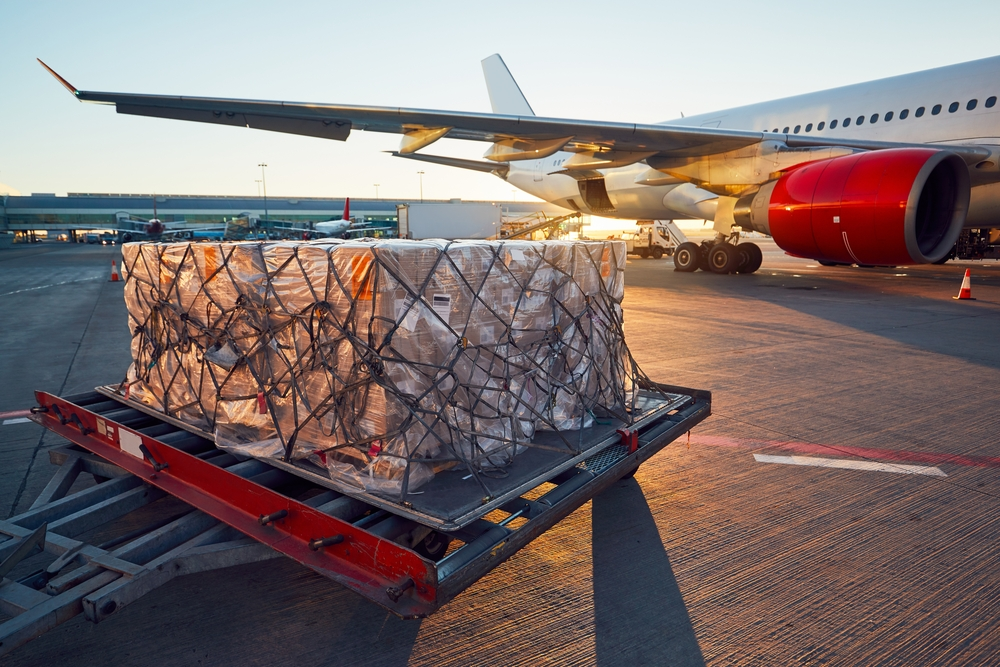Financing air cargo’s decarbonisation with SAF is a mammoth task within the air cargo industry, but it is achievable, IATA’s senior vice president of sustainability has stressed.
Financing air cargo’s decarbonisation with SAF is a mammoth task within the air cargo industry, but it is achievable, IATA’s senior vice president of sustainability has stressed. SAF is a major part of the trade body’s plans to achieve net zero carbon emissions from both passenger and cargo aviation by 2050, but the industry does need 500m tonnes of SAF by 2050 and it is expensive.
One way of doing this is for governments and corporate funds to redistribute some of the money that currently goes towards oil and gas into the aviation industry, said Marie Owens Thomsen.
$800bn was invested in oil and gas in 2023, but the International Energy Agency estimated that only $400bn is required annually, so there is a clear overinvestment, she highlighted. Aviation’s energy transition requires $150bn per year, she said. “With 19% of what goes into the oil and gas industry, we could finance our transition.”
It’s also important to be realistic about where we are in the integration of SAF within air cargo and aviation in general, said Owens Thomsen.
Due to limited production, SAF is yet to be in common enough supply to become a standard part of operations.
“We all have to realise that whatever is occurring on that front is mostly experimental and acutely limited.” The industry only had half a million tonnes of SAF in 2023, she said. “This represented 0.2% of aviation’s jet fuel consumption.”
Owens Thomsen further noted that in looking at options for net zero decarbonisation, the industry has to use all available options, rather than picking and choosing, to maximise its chances of meeting the 2050 target.
“At this point, we don’t have the luxury to make such binary choices. We have to use all these levers together at the same time with great urgency and intensity if we are going to succeed in the mission of getting to net zero by 2050.”
SAF is not the only clean fuel option. Hydrogen is an alternative means of cutting C02 emissions, for example. However, hydrogen is not developed enough yet to be used as a fuel source within the sector, said Owens Thomsen.
She said it isn’t the case that “hydrogen is not a promising solution it’s just that it will take time for it to start gripping into the system and I think hydrogen will become a lot more important for our industry maybe closer to 2050 and certainly on the other side of 2050”.
Echoing this school of thought was fellow speaker Thomas Burger, marketing director, environment and sustainability, at Airbus. He said the freighter developer plans to bring a hydrogen-powered aircraft to market by 2025, but hydrogen as a fuel won’t be feasible for medium and long-haul aircraft, including freighters. Instead, SAF will be the focus.





